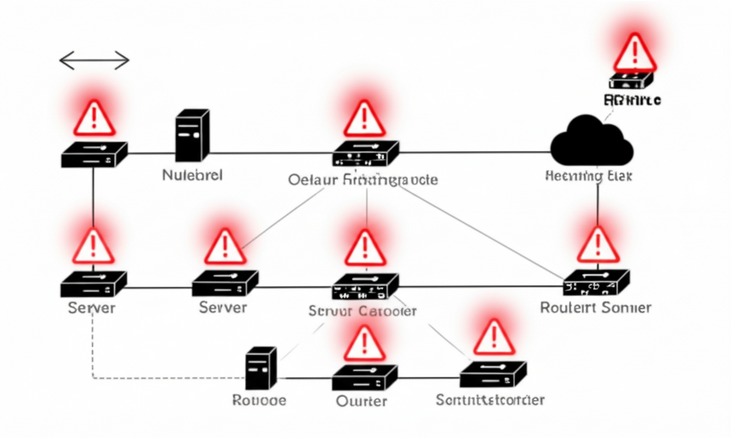In recent years, Microsoft has faced several significant outages that have disrupted services for organizations worldwide. Understanding the impact of these outages is crucial for IT infrastructure management and ensuring business continuity. In this article, we will explore the common causes of Microsoft outages and their implications for businesses.
What Causes Microsoft Outages?
Microsoft outages can stem from various sources, including server hardware failures, software bugs, network issues, or even cyber-attacks. As Microsoft services such as Azure, Office 365, and Teams are vital for daily operations, even a small disruption can lead to significant downtime.
The Impact on IT Infrastructure
The impact of outages on IT infrastructure is profound. When Microsoft services go down, businesses can face several challenges, such as:
- Productivity Loss: Employees cannot access critical applications, leading to delays in project timelines.
- Financial Loss: Downtime often results in direct financial losses, especially for businesses relying heavily on cloud services.
- Reputational Damage: Frequent outages can harm a company’s reputation, reducing trust among consumers and partners alike.
Strategies for Mitigating Microsoft Outages
To minimize the impact of Microsoft outages, businesses should consider implementing several strategies:
- Redundancy: Invest in redundant systems and backup services that can take over in case of an outage.
- Real-time Monitoring: Utilize monitoring tools to detect issues before they escalate into major outages.
- Regular Updates: Keep all systems updated to prevent bugs that can cause outages.
Related Articles You May Like
- App Stock Trends in Infrastructure Software Development
- Boost Your Workflow with Automation Integration
Conclusion: Prepare for the Unexpected
Microsoft outages remind us of the vulnerabilities in our IT infrastructure. By understanding the potential impacts and preparing contingency plans, businesses can better navigate the challenges associated with service disruptions and maintain business continuity effectively.








